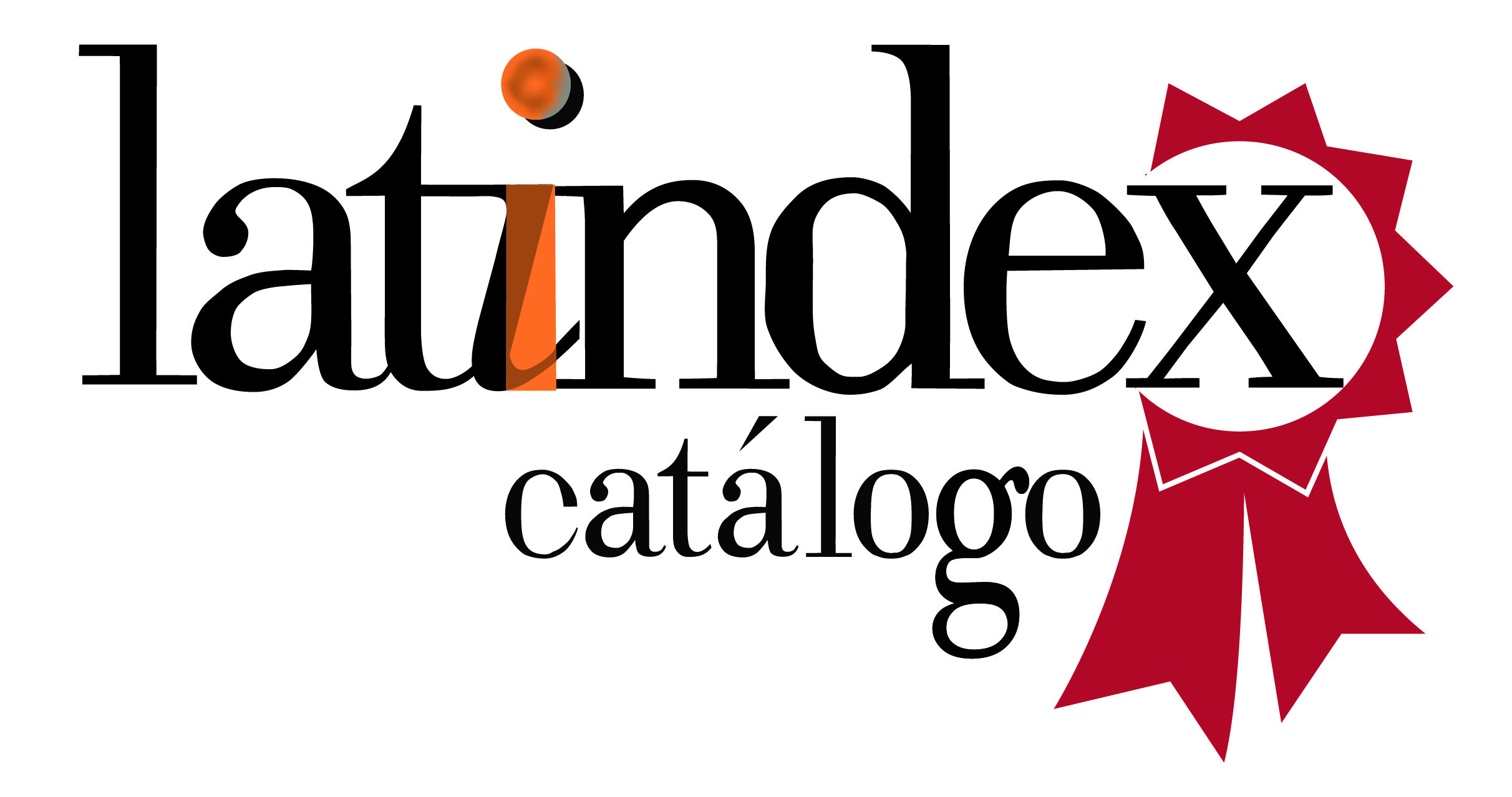Presión de perfusión cerebral en pacientes pediátricos con traumatismo craneoencefálico grave.
DOI:
https://doi.org/10.52379/mcs.v5i2.195Palabras clave:
Presión intracraneal, presión de perfusión cerebral, traumatismo craneoencefálicoResumen
Introducción: La mortalidad por traumatismo craneoencefálico grave (TCE g) en el paciente pediátrico, crece de forma directamente proporcional con la severidad de la injuria inicial. Se estima entre el 1 y 7 % de menores de 18 años afectados por dicha enfermedad en el mundo. La incidencia de muerte por esta causa oscila entre 2,8 y 3,75 por cada 100 000 niños anualmente. Metodología: Se realizó un estudio descriptivo de tipo correlacional en el servicio de cuidados intensivos pediátricos del Hospital General Docente “Roberto Rodríguez” de Morón, Ciego de Ávila, Cuba, en el período entre enero de 2003 y diciembre de 2017. Se incluyeron pacientes menores de 18 años. Las intervenciones fueron monitorización continua de la presión intracraneal, a través de una ventriculostomìa al exterior y de la presión de perfusión cerebral y las varaibles presión intracraneal y presión de perfusión cerebral. Resultados: Se estudiaron 41 niños. Predominaron aquellos entre 5 y 17 años con 35 casos (85,3 %). La presión de perfusión cerebral en menores de 1 año fue >47mmhg en los dos casos estudiados, de 1-4 años >47mmhg en 2 casos y <47mmhg en 2 casos. De 5-17 años fue >de 50mmhg en 23 casos (65,7 %) y <50mmhg en 12 (34,3 %). A 28 pacientes se les realizó craniectomía descompresiva, en 17 (60,7 %) se logró controlar la presión intracraneal. La presión de perfusión cerebral >50mmhg se asoció con el grado V de la escala de resultados de Glasgow. Discusión: El control de la presión de perfusión cerebral con valores diferentes ajustados a los diferentes grupos de edades, a través de la manipulación de la presión intracraneal y la presión arterial media en el niño, mostró una adecuada relación con los resultados favorables.
Descargas
Citas
Vaughan KA, Johnston J, Park KB. Epidemiology of Paediatric Head Injuries. Ed.: G Narenthiran. in: Paediatric Head Injury. Neurosurgery Listserv Press, London, 2018.
Kukreti V, Mohseni-Bod H, Drake J. Management of raised intracranial pressure in children with traumatic brain injury. J Pediatr Neurosci. 2014; 9(3): 207–215. https://dx.doi.org/10.4103%2F1817-1745.147572
Lovett ME, O´brien NF, Leonard FR. Children with Severe Traumatic Brain Injury, Intracranial Pressure, Cerebral Perfusion Pressure, What Does It Mean? A Review of the Literature. Pediatric Neurology.2019;94:3-20. https://doi.org/10.1016/j.pediatrneurol.2018.12.003
Kochanek PM, Tasker RC, Carney NA, Totten AM. Guidelines for the Management of Pediatric Severe Traumatic Brain Injury, Third Edition: Update of the Brain Trauma Foundation Guidelines. Pediatr Crit Care Med. 2019;20:S1–S82. https://doi.org/10.1093/neuros/nyz051
Oliva MHOM, Maya BDK. Traumatismo craneoencefálico grave en Pediatría. An Med (Mex).2016;61(4):261-270. URL.
Rodríguez BG, Rivero GM, Gutiérrez GR, Márquez RJ. Conceptos básicos sobre la fisiopatología cerebral y monitorización de la presión intracraneal. Neurología. 2015;30 (1):16-22. https://doi.org/10.1016/j.nrl.2012.09.002
Allen BB, Chiu Y, Gerber LM, Ghajar J, Greenfiel JP. Age-Specific Cerebral Perfusion Pressure Thresholds and Survival in Children and Adolescents With Severe Traumatic Brain Injury Pediatr Crit Care Med. 2014;15(1):62–70. https://doi.org/10.1097/PCC.0b013e3182a556ea
Marshall LF, Marshall SB, Klauber MR, van Berkum Clark M. A new classification of head injury based on computerized tomography. J Neurosurg. 1991;75 (1Suppl): S14-20. https://doi.org/10.3171/sup.1991.75.1s.0s14
Abreu PD, Lacerda GAJ, Diaz AJA, Martín CD. Neuromonitorización en el traumatismo craneoencefálico grave en Pediatría. Neurocirugía. 2016; 27(4):176-185. https://doi.org/10.1016/j.neucir.2015.11.004
Hodelin TR, Domínguez PR, Fernández AMA. Escala de Coma de Glasgow para el coma como factor pronóstico de mortalidad en el traumatismo craneoencefálico grave. Rev Cubana Neurol Neurocir. 2013;3(1):57-62. URL.
Mei DO, Carmont MR, Monasterio E. The Epidemiology of Severe and Catastrophic Injuries in BASE Jumping. Clin J Sport Med 2012; 22(3):262–267. https://doi.org/10.1097/jsm.0b013e31824bd53a
Kapapa T, König K, Pfister U, Sasse M, Woischneck D, Heissler H, et al: Head trauma in children, part 2: Course and discharge with outcome. J Child Neurol. 2010; 25:274–283. https://doi.org/10.1177/0883073809332699
Miller Ferguson N, Shein SL, Kochanek PM, Luther J, Wisniewski SR, Clark RSB, et al. Intracranial Hypertension and Cerebral Hypoperfusion in Children With Severe Traumatic Brain Injury: Thresholds and Burden in Accidental and Abusive Insults. Pediatr Crit Care Med. 2016;17 (5):444–50. https://dx.doi.org/10.1097/PCC.0000000000000709
Chaiwat O, Sharma D, Udomphorn Y, Armstead WM, Vavilala MS. Cerebral hemodynamic predictors of poor 6-month Glasgow Outcome Score in severe pediatric traumatic brain injury. J Neurotrauma. 2009;26 (5):657–63. https://dx.doi.org/10.1089/neu.2008.0770
Chambers IR, Treadwell L, Mendelow AD. Determination of threshold levels of cerebral perfusion pressure and intracranial pressure in severe head injury by using receiver-operating characteristic curves: An observational study in 291 patients. J Neurosurg. 2001; 94:412–416. https://doi.org/10.3171/jns.2001.94.3.0412
Downard C, Hulka F, Mullins RJ, Piatt J, Chesnut R, Quint P, et al. Relationship of cerebral perfusion pressure and survival in pediatric brain-injured patients. J Trauma .20000;49 (4):654–8. https://dx.doi.org/10.1097/00005373-200010000-00012
Valdez SO, Díaz AHR, Abdo CA, Suárez MBE. Deterioro hemodinámico en pacientes con trauma craneoencefálico. Rev Cubana Med Int Emerg. 2018;18(2): 100-19. URL.
Agrawal S, Branco RG. Neuroprotective measures in children with traumatic brain injury. World J Crit Care Med. 2016; 5(1):36–46. https://dx.doi.org/10.5492%2Fwjccm.v5.i1.36
Bruce DA, Raphaely RC, Goldberg AI, Zimmerman RA, Bilaniuk LT, Schut L, et al. Pathophysiology, treatment and outcome following severe head injury in children. Childs Brain .1979;5 (3):174–91. https://dx.doi.org/10.1159/000119817
Cruz J, Nakayama P, Imamura JH, Rosenfeld KGW, de Souza HS, Giorgetti GVF. Cerebral extraction of oxygen and intracranial hypertension in severe, acute, pediatric brain trauma: Preliminary novel management strategies. Neurosurgery. 2002; 50:774–779. https://doi.org/10.1097/00006123-200204000-00017
Liu H, Wang W, Cheng F, Yuan Q, Yang J, Hu J, et al. External Ventricular Drains versus Intraparenchymal Intracranial Pressure Monitors in Traumatic Brain Injury: A Prospective Observational Study. World Neurosurg. 2015;83(5):794-800. https://doi.org/10.1016/j.wneu.2014.12.040
García LJR, Zapata VRE, Alonso VF, Rodríguez RSG, Medina MMR, Torres EJL. Monitorización de la presión intracraneal en el traumatismo craneoencefálico severo. Rev Chil Pediatr. 2016;87(5):387-394. https://doi.org/10.1016/j.rchipe.2016.04.006
Wolf MS, Rakkar J, Horvat CM, Simon DW, Kochanek PM, Clermont G, et al. Assessment of Dynamic Intracranial Compliance in Children with Severe Traumatic Brain Injury: Proof-of-Concept. Neurocrit Care. 2021;34:209-217. https://doi.org/10.1007/s12028-020-01004-3
Kayhanian S, Young AMH, Piper RJ, Donnelly J, Scoffings D, Garnett MR, et al. Radiological Correlates of Raised Intracranial Pressure in Children: A Review. Front. Pediatr. 2018; 6(32):1-6. Https://doi.org/10.3389/fped.2018.00032
Kouvarellis AJ, Rohlwink UK, Sood V, Van Breda D, Gowen MJ, Figaji AA. The relationship between basal cisterns on CT and time-linked intracranial pressure in paediatric head injury. Childs Nerv Syst 2011;27(7):1139–44. Https://doi.org/10.1007/s00381-011-1464-3
Young AMH, Donnelly J, Liu X, Guilfoyle MR, Carew M, Cabeleira M, et al. Computed Tomography Indicators of Deranged Intracranial Physiology in Paediatric Traumatic Brain Injury. Acta Neurochir 2018;126(suppl):29-34. https://doi.org/10.1007/978-3-319-65798-1_7
Zhao H, Liao Y, Xu D, Wang Q, Gan Q, You C. The value of intraoperative intracranial pressure monitoring for predicting re-operation using salvage decompressive craniectomy after craniotomy in patients with traumatic mass lesions. BMC Surgery. 2015;15:111. Https://doi.org/10.1186/s12893-015-0100-7
Iaccarino C, Schiavi P, Picetti E, Goldoni M, Cerasti D, Caspani M, et al. Patients with brain contusions: predictors of outcome and relationship between radiological and clinical evolution. J Neurosurg. 2014;120:908–18. https://doi.org/10.3171/2013.12.jns131090
Young AMH, Kolias AG, Hutchinson PJ. Decompressive craniectomy for traumatic intracranial hypertension: application in children. Childs Nerv Syst. 2017;33:1745-1750. https://doi.org/10.1007/s00381-017-3534-7
Lacerda GAJ, Abreu PD, Mazorra PMJ, Valdicieso CGP, Criales OGM, Songoro PE. Decompressive Craniectomy in Pediatric Severe Head Trauma. Int J Pediatr Res. 2018,4:033. https://doi.org/10.23937/2469-5769/1510033
Pérez SE, González SA, Díaz PC, García SA, Martínez de Asagra GA, Casado FJ. Decompressive craniectomy in 14 children with severe head injury: clinical results with long-term follow-up and review of the literature. J Trauma. 2011;71(1):133-40. https://doi.org/10.1097/ta.0b013e318211071f
Pechmann A, Anastasopolous C, Korinthenberg R, Van Velthoven-Wursten V, Kirschner J. Decompressive craniectomy after severe traumatic brain injury in children: Complications and outcome. Neuropediatrics. 2015; 46:5–12. https://doi.org/10.1055/s-0034-1393707
Desgranges FP, Javouhey E, Mottolese C, Migeon A, Szathmari A, Baudin F, et al. Intraoperative blood loss during decompressive craniectomy for intractable intracranial hypertension after severe traumatic brain injury in children. Childs Nerv Syst. 2014; 30:1393–1398. https://doi.org/10.1007/s00381-014-2417-4
Yue JK, Rick JW, Deng H, Feldman MJ, Winkler E. Efficacy of decompressive craniectomy in the management of intracranial pressure in severe traumatic brain injury. J Neurosurg Sci. 2019;63(4):425-440. Https://doi.org/10.23736/S0390-5616.17.04133-9
Descargas
Publicado
Número
Sección
Licencia
Derechos de autor 2021 Daisy Abreu Pérez, Angel Jesús Lacerda Gallardo

Esta obra está bajo una licencia internacional Creative Commons Atribución 4.0.











